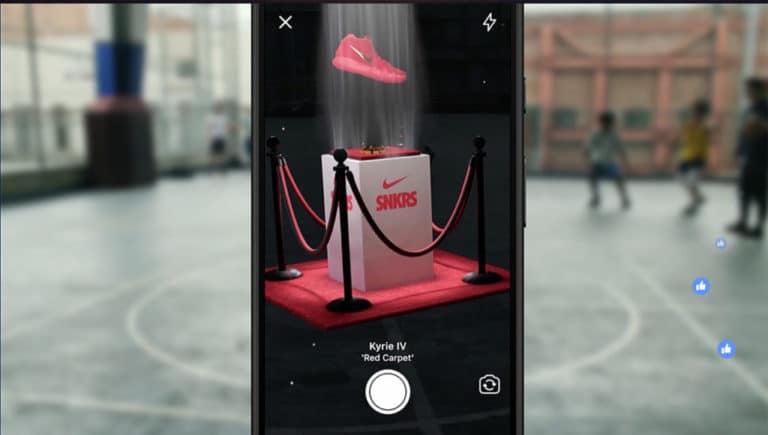
Data Point of the Week is ARtillry’s weekly dive into data from around the XR universe. Spanning usage and market-sizing data, it’s meant to draw insights for XR players, or would-be entrants. To see an indexed archive of data briefs and slide bank, subscribe to ARtillry Pro.
AR could represent a promising format for advertising, given its potential for immersive and engaging UX. But there are significant challenges in early days, as we’ve examined. Those include a learning curve for truly native experiences, and a lack of reach.
Though AR compatibility is high, active usage isn’t… and advertisers are all about reach. Further diminishing available ad inventory in AR is short session lengths. AR is a snack, not a meal, which provides less opportunity (inventory) to infuse ads or sponsored material.
These challenges were validated in a recent Boston Consulting Group survey of marketing executives. 42 percent of respondents report hesitance with AR advertising because of the inability to reach audiences at scale. Again, advertisers are all about reach/scale.
The second biggest response was that the medium is too new and experimental, with limited proof points. This is telling: in addition to being reach driven, advertisers are also tech laggards and late adopters. They follow the eyeballs, but generally as a trailing indicator.

These results also speak to the need for more education. There are indeed proof points for mobile AR’s effectiveness developing today… but these advertisers just don’t know about them. They even report limited internal expertise on AR, as well as awareness and time.
For example, we’ve examined mobile AR’s ability to boost purchase intent in commerce scenarios (e.g. visualizing products in home). Snapchat also recently reported that AR lenses drive 15 percent lifts in purchase intent and a 9 percent lift in product sales.
It will take a while before more of these proof points are established, published and seeped into Madison Avenue culture. Along with the above challenges (ad inventory constraints, short sessions, low/early engagement) it will be a while before this cultural shift happens.
We’ll circle back soon to unpack some of our own XR ad revenue projections from the recently-published XR Global Revenue forecast 2017-2022. Spoiler alert: we’re pretty bearish on meaningful ad revenues in the near term for AR, and even more so with VR.
For deeper XR data and intelligence, join ARtillry PRO and subscribe to the free ARtillry Weekly newsletter.
Disclosure: ARtillry has no financial stake in the companies mentioned in this post, nor received payment for its production. Disclosure and ethics policy can be seen here.
Header image credit: Facebook
